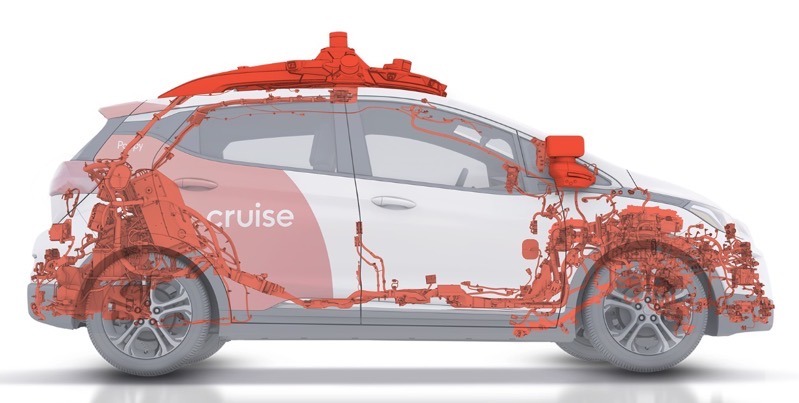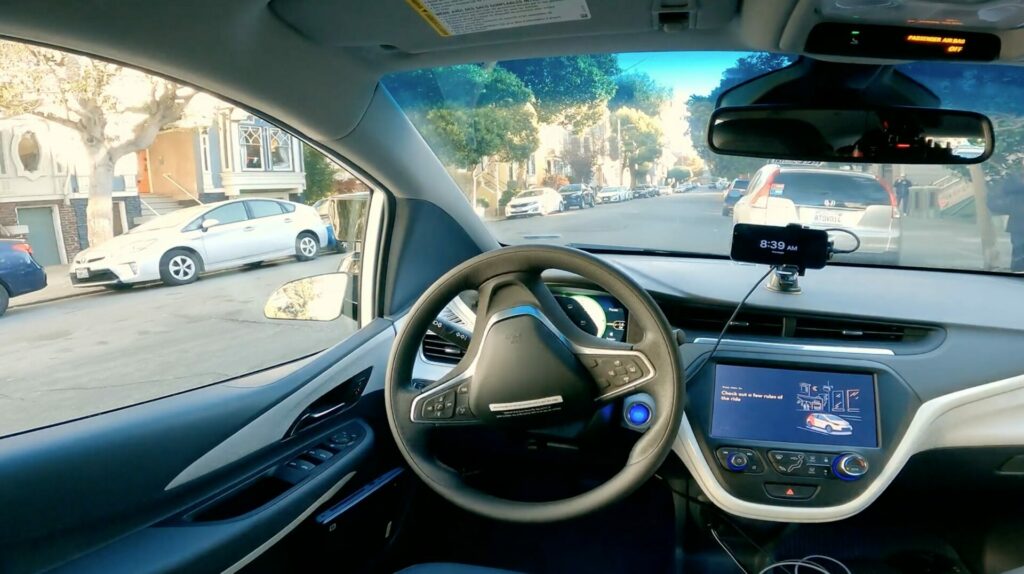
Cruise, Waymo Face Pushback on Robotaxi Expansion in San Francisco

Photo: Cruise
Transportation officials in San Francisco are trying to slow the rollout of robotaxis in the city, arguing that they can pose a road hazard to other drivers and that more data is needed before they can be allowed to freely roam the streets — reports NBC News.
San Francisco has become a bit of a hot spot for robotaxi activity, with both the General Motors-owned Cruise and Waymo, which falls under the same Alphabet Inc. umbrella as Google, testing their driverless ride-hailing services in the city.
Cruise was originally cleared to operate robotaxis in certain parts of San Francisco between 10 p.m. and 6 a.m. Since then, the company has also been approved for daytime rides in the city, but it still needs authorization from the California Public Utilities Commission to extend the hours of its commercial service.
Waymo, meanwhile, originally offered fully autonomous taxis in Phoenix but has expanded to San Francisco as well. Cruise and Waymo are currently embroiled in a race to see who will be the first to offer 24-hour robotaxi services in the city of San Francisco.
While both Cruise and Waymo are seeking licenses from regulators to expand their robotaxi operations, their vehicles aren’t without faults.
Robotaxis operated by Cruise and Waymo haven’t caused any fatal accidents on San Francisco streets, but there have been repeated incidents of driverless vehicles stopping in the middle of the road for no reason, causing rear-end collisions by braking abruptly, interfering with firefighting, and being a traffic nuisance in general.
Back in April 2022, one of Cruise’s self-driving cars tried to make a jog for it after being pulled over by local police. More recently, five disabled Cruise vehicles in San Francisco’s Mission District blocked a street and delayed a city bus with 45 riders in it by at least 13 minutes.
San Francisco officials this week sent letters to state regulators, urging them to freeze or cut back the expansion plans of both Cruise and Waymo. They said they want to continue the robotaxi experiment and even want Cruise and Waymo to be allowed to expand, provided the companies ramp up slowly and with certain conditions.
“A series of limited deployments with incremental expansions — rather than unlimited authorizations — offer the best path toward public confidence in driving automation and industry success in San Francisco and beyond,” three city officials wrote in a letter to the California Public Utilities Commission, which decides whether a company gets a robotaxi license. In a second letter, the officials expressed concerns about Waymo.
The news comes after the U.S. National Highway Safety Traffic Administration (NHTSA) launched an investigation into Cruise last month over reports of “inappropriately hard braking” and becoming immobilized.
As for conditions, the transportation officials don’t want robotaxis operating in San Francisco’s downtown core, for starters, or during peak commuting times in the morning and evening. Furthermore, the city also wants more performance data from robotaxis.
City officials argued that robotaxis become road hazards when they stop for no obvious reason, noting that they can cause human drivers to react dangerously.
“They can cause other vehicles to make dangerous abrupt lane changes, brake or accelerate rapidly, or veer into bike lanes or crosswalks. They can cause rear end collisions,” the officials wrote in their letter.
In response, Cruise touted that its service is safer than alternatives. “Cruise’s safety record is publicly reported and includes having driven millions of miles in an extremely complex urban environment with zero life-threatening injuries or fatalities,” a Cruise spokesperson said in a statement on Friday.